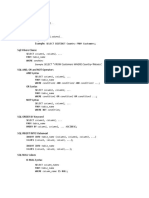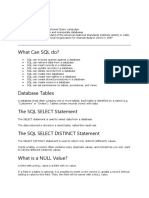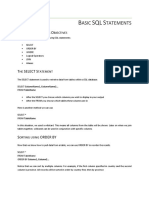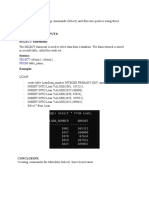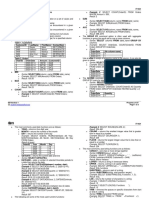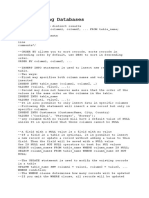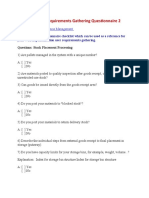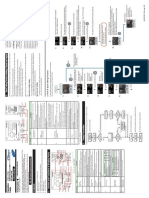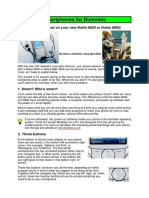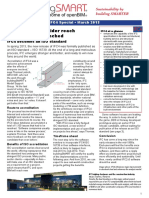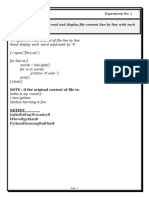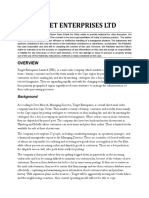0% found this document useful (0 votes)
26 views8 pagesJoins in SQL
The document discusses different types of joins in SQL including inner joins, left joins, right joins, full joins, self joins, and group by statements. It also covers the union operator, having clause, all operator, select into statement, single line comments, and check constraints.
Uploaded by
MusHu BaLtiCopyright
© © All Rights Reserved
We take content rights seriously. If you suspect this is your content, claim it here.
Available Formats
Download as DOCX, PDF, TXT or read online on Scribd
0% found this document useful (0 votes)
26 views8 pagesJoins in SQL
The document discusses different types of joins in SQL including inner joins, left joins, right joins, full joins, self joins, and group by statements. It also covers the union operator, having clause, all operator, select into statement, single line comments, and check constraints.
Uploaded by
MusHu BaLtiCopyright
© © All Rights Reserved
We take content rights seriously. If you suspect this is your content, claim it here.
Available Formats
Download as DOCX, PDF, TXT or read online on Scribd
/ 8

